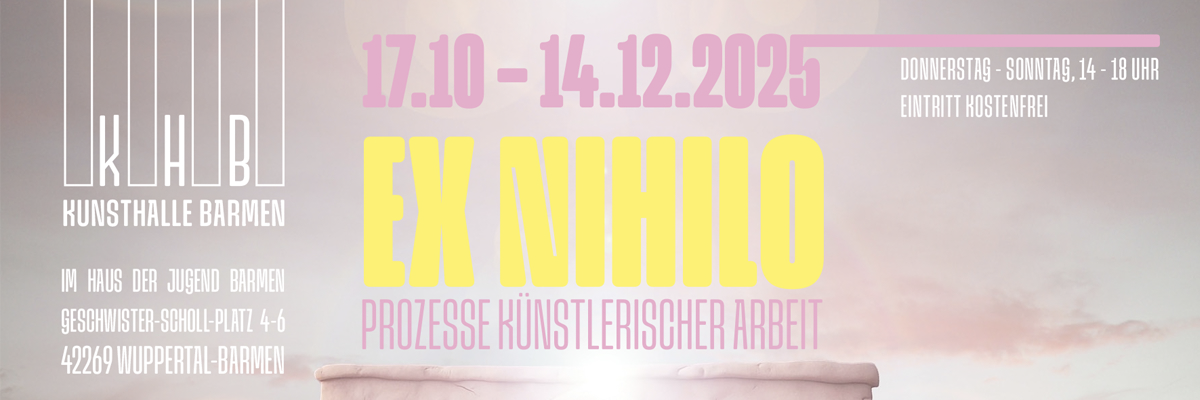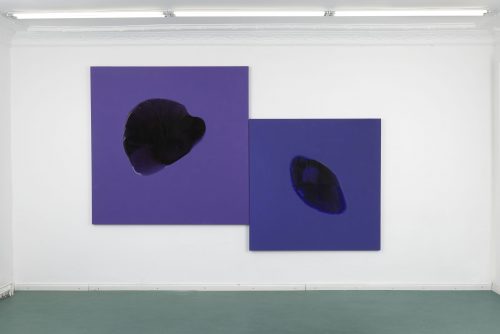
JULIA HAUMONT
Oublier, rêver
Project Info
- 💙 CAR GALLERY, BOLOGNA
- 🖤 JULIA HAUMONT
- 💜 Elora Weill Engerer
- 💛 Manuel Montesano
Share on

Julia Haumont, Oublier, rêver, exhibition view
Advertisement

Julia Haumont, Oublier, rêver, exhibition view

Julia Haumont, Oublier, rêver, exhibition view

Julia Haumont, Sans titre n°25, 2022, glazed ceramic, 50x40x58 cm

Composition n°6, 2023, garze, artificial pearls, sequins, tarlatana, velvet, 270 x 250 cm

Julia Haumont, Oublier, rêver, exhibition view

Julia Haumont, Oublier, rêver, exhibition view

Julia Haumont, Oublier, rêver, exhibition view

Julia Haumont, Oublier, rêver, exhibition view

Sans titre n° 15, 2020, glazed ceramic, 40 x 30 x 105 cm

Julia Haumont, Oublier, rêver, exhibition view

Sans titre n° 3, 2017, glazed ceramic, 70 x 70 x 58 cm

Julia Haumont, Oublier, rêver, exhibition view

Sans titre n° 17, 2021, glazed ceramic, 50 x 100 x 27 cm

Sans titre (textile/composition n° 28), 2019, dyed gauze, artificial pearls, threads, sequins, 44 x 12 cm
Julia Haumont (1991, Paris) lives and works in Paris.
What do Julia Haumont’s young girls dream? Under a casual air and languid postures, these figures deploy a poetic gestural repertoire that enlivens their still infantile bodies. Often half-closed, the gaze is drawn towards an internal universe, as if half asleep, reinforcing the silence in which these children are immersed (infans in Latin etymologically means “who does not speak”). They play following their imagination, an essential activity according to Donald Winnicott, who defines play as a “transitory phenomenon”, a creative act that develops the child as an individual*. The melancholy gestures they emanate place them in the time of their childhood, in a romantic attachment to their early experiences. Accentuated by the paleness of their skin, this dreamlike dimension places them in the time of childhood memories, which are, according to Jungian theory, more or less fantasized projections by adults about their own past. Variations of guardian angels, these adolescent milky bodies with straight and slender shapes are also called to transform and embody what is yet to come. Note the absence of individualization of the faces which all resemble self-portraits of the artist. Only a pair of panties or an orphan sock distinguishes from time to time the character, who indulges in immodest postures like in a daydream.
As Henry-Claude Cousseau states in the catalog of the exhibition 'Collectif. Présumés innocents. L’art contemporain et l’enfance': «It is no longer the stuttering and moving traces of his/her naivety that we perceive, but rather the signs of what the child seems to hide deep within himself/herself, of what his/ her games and behaviors reveal: dreams, fantasies and dark**». Julia Haumont’s adolescents take us into the intimate and ambiguous space of “potential space”, defined again by Winnicott as the fertile ground of illusion nourished by play and fantasy. This ambivalence is underlined by the use of glazed ceramic. The visual and tactile aspect of this technique links the material to the body, whose references to Balthus evoke the topic of seduction in children. The face is stained with colored “juices” like failed attempts at cross-dressing, which is another spontaneous form of self-invention. Let us remember that it is from this overflowing and creative imagination that the myth of artistic genius arose as rediscovered childhood.
The use of ceramics, modeled on an almost human scale like sculpture, is surprising, challenging the historical hierarchy that has relegated this technique to the rank of minor and applied art. However, many religions are based on the idea that men and women were molded out of clay. The mix of textures, from opaque to shiny, from smooth to rough, gives life to Julia Haumont’s ceramics which plays on the contrasts between shiny bodies and hair in flakes like clouds.
Always in a seriality concept typical of her introspective work, a group of textile compositions stands out for its preciousness. The fabrics are dyed, frayed, embroidered with sequins and glitter like children’s costumes. Amorphous and worn, they are similar to soft toys, the first artefact the child encounters. The tulle weave is loose enough to allow air to pass through. These shreds of fabric are a way for the artist to create an abstract language in an experiment that is freer than ceramics but equally linked to
the characteristics of childhood. Beaded necklaces, colored objects: these objects connect the actions
of adults to the innocent and ephemeral pleasures of children’s games. For some works, the apparently paradoxical technique of engraving on fabric creates a disparity between the imprint and the transparency, what remains and what slips away, like memories.
*Donald Winnicott, Jeu et réalité; l’espace potentiel, Paris, ed. Gallimard, 1975.
**Henry-Claude Cousseau, preface of: Collectif. Présumés innocents. L’art contemporain et l’enfance. Bordeaux 2: Réunion des Musées Nationaux, 2000, pp. 7-8
Elora Weill Engerer




